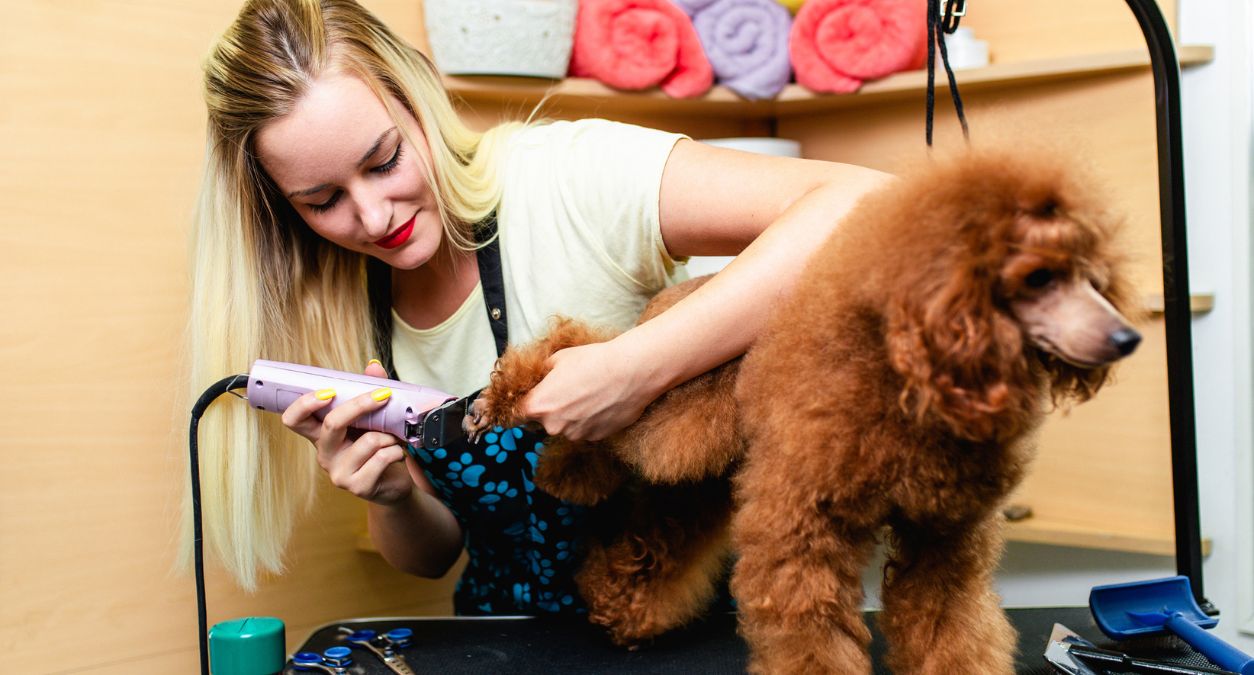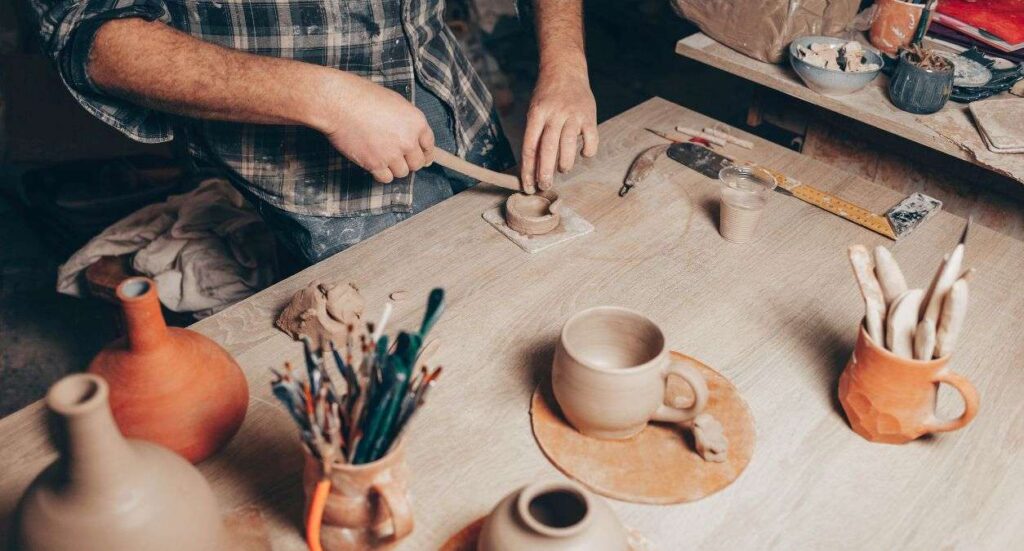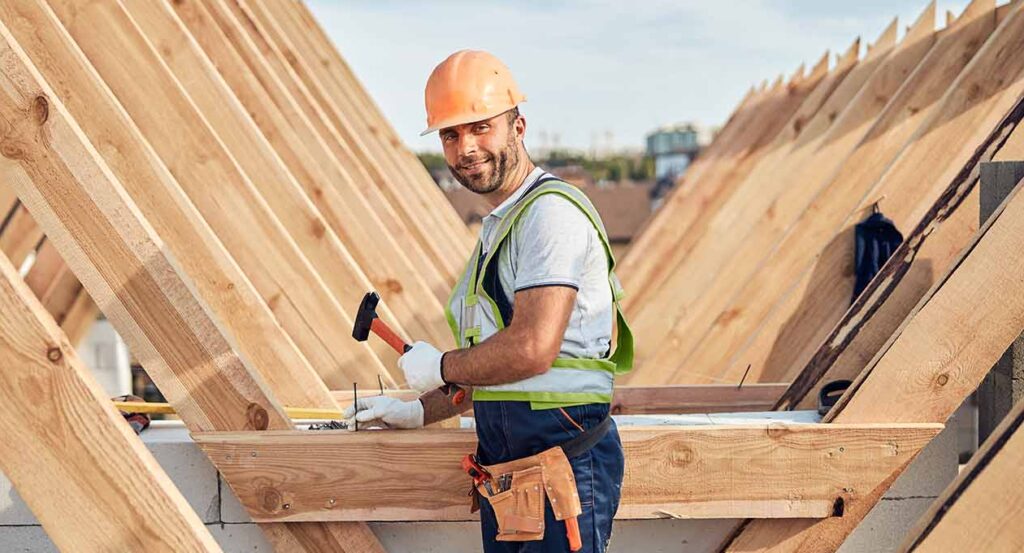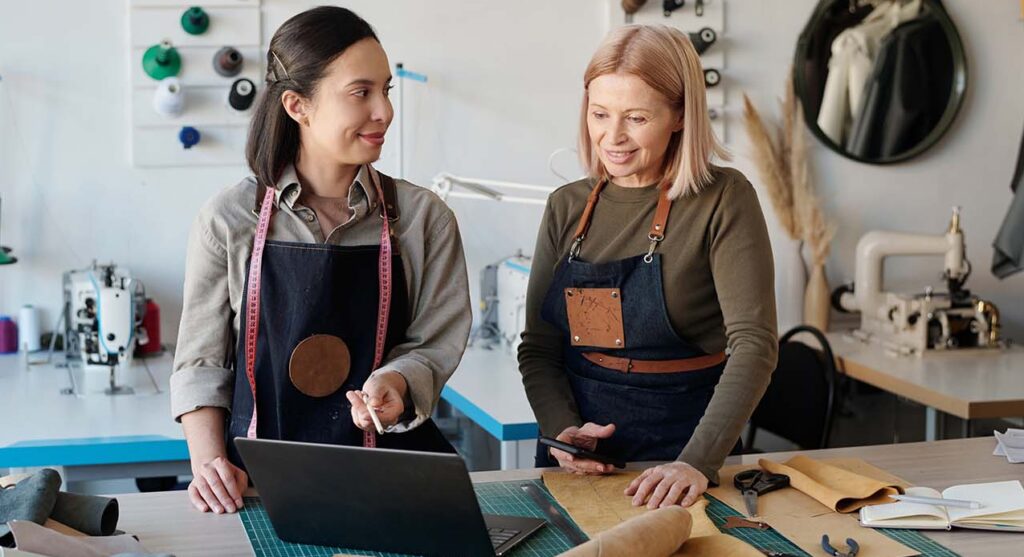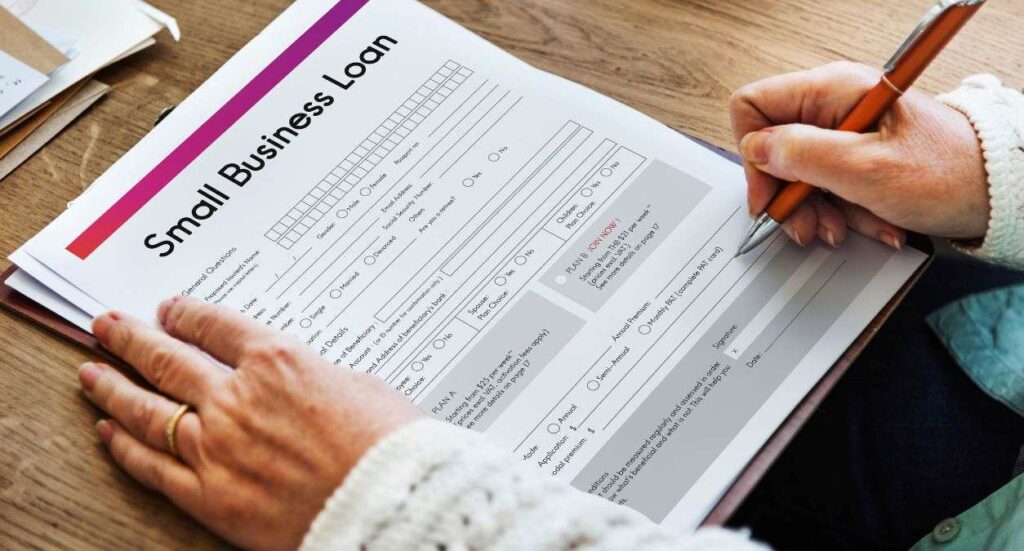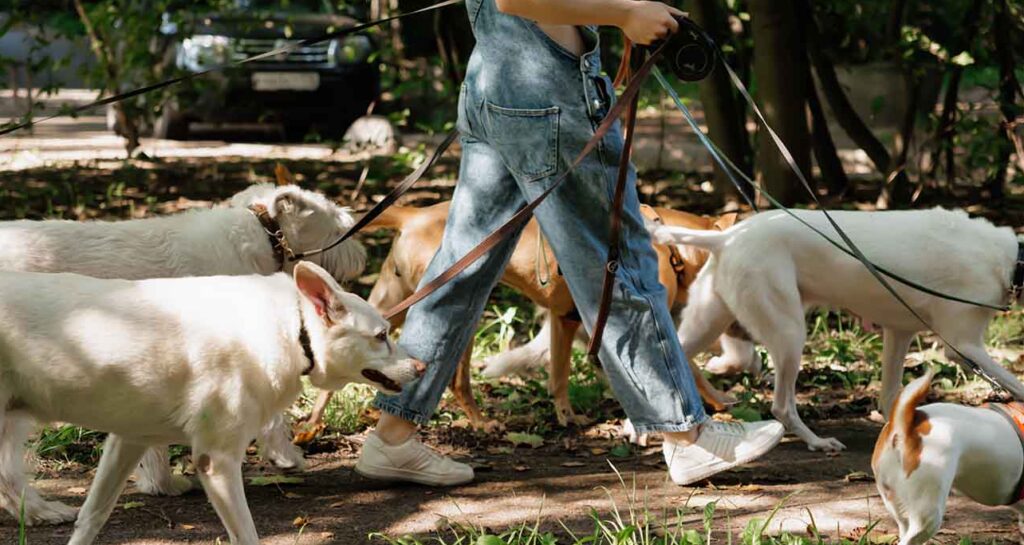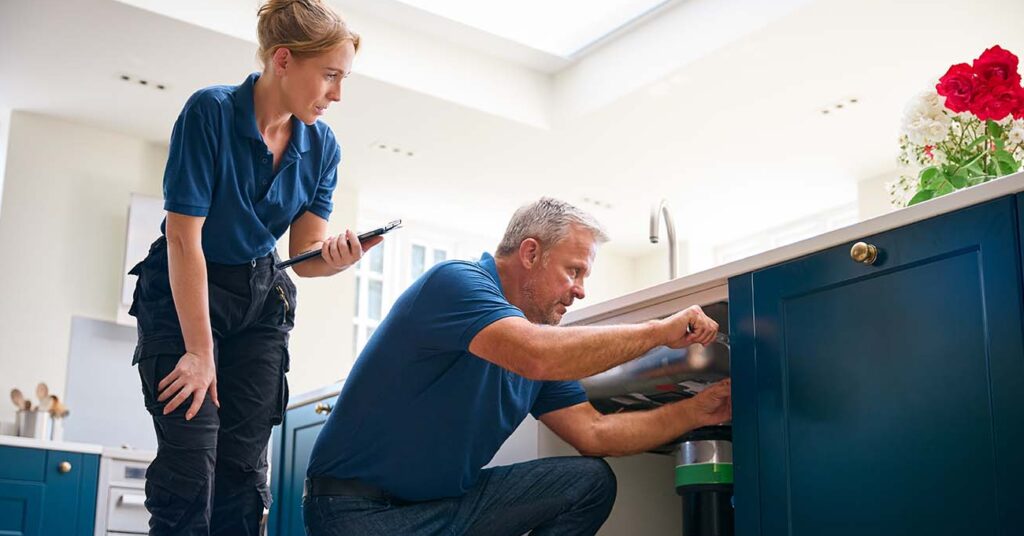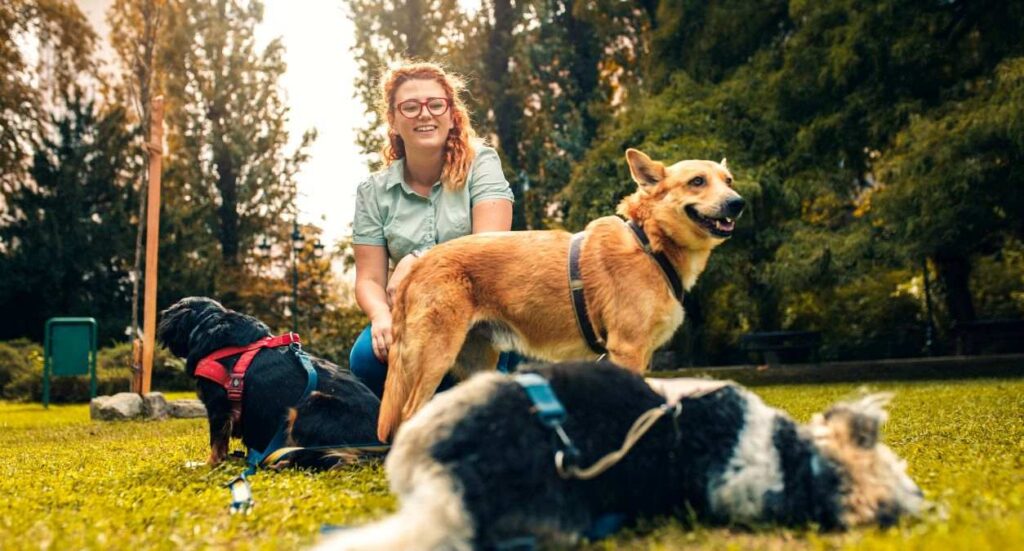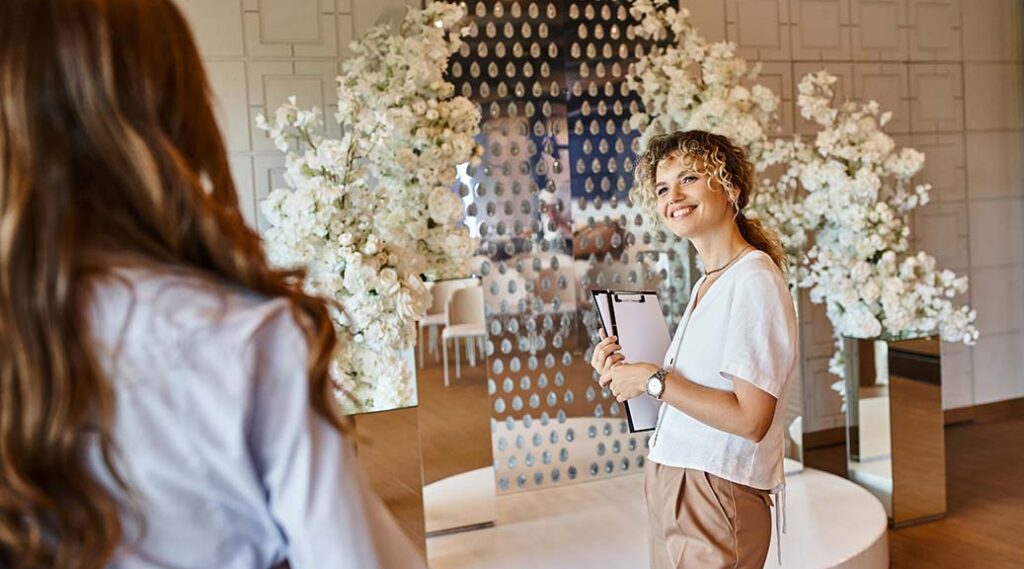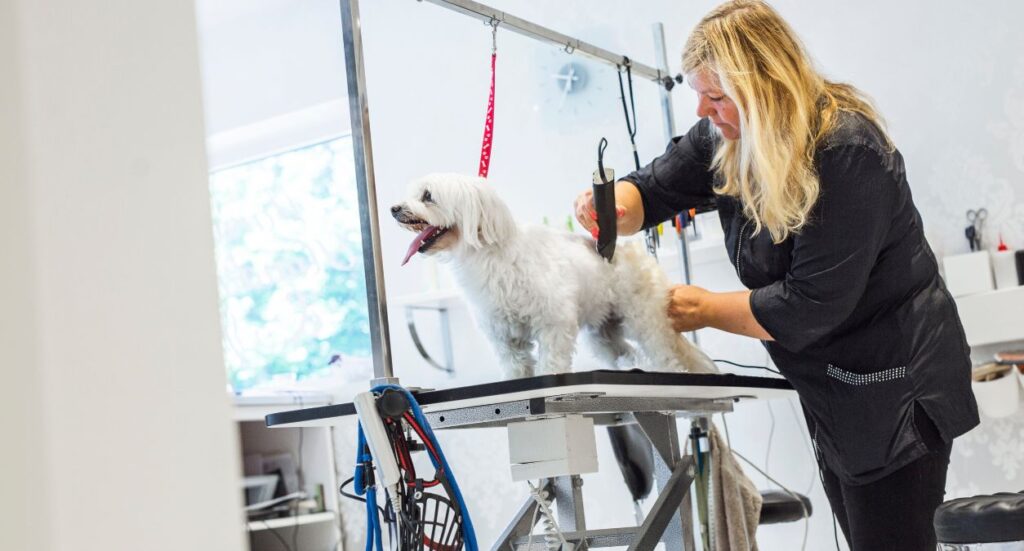Table of contents
If you’re evaluating dog grooming as a potential career move, then it’s likely that you’ve already got some experience in the basics of canine care, whether it’s for your own pet or those of friends and relatives.
While this natural experience gives you a starting point to work from, offering dog grooming services professionally requires knowledge of more advanced dog grooming techniques, many of which you can learn on specialist courses. Owners that are paying you good money will expect a high-quality, comprehensive service, with no areas left out and with a clear benefit to the dog’s appearance, health and happiness.
This guide covers all the key facts around professional dog grooming techniques, including all the most important areas of a dog and how to deal with them in turn.
Get Dog Grooming Insurance from Protectivity
*Disclaimer – This blog has been created as general information and should not be taken as advice. Make sure you have the correct level of insurance for your requirements and always review policy documentation. Information is factually accurate at the time of publishing but may have become out of date.
Last updated by




